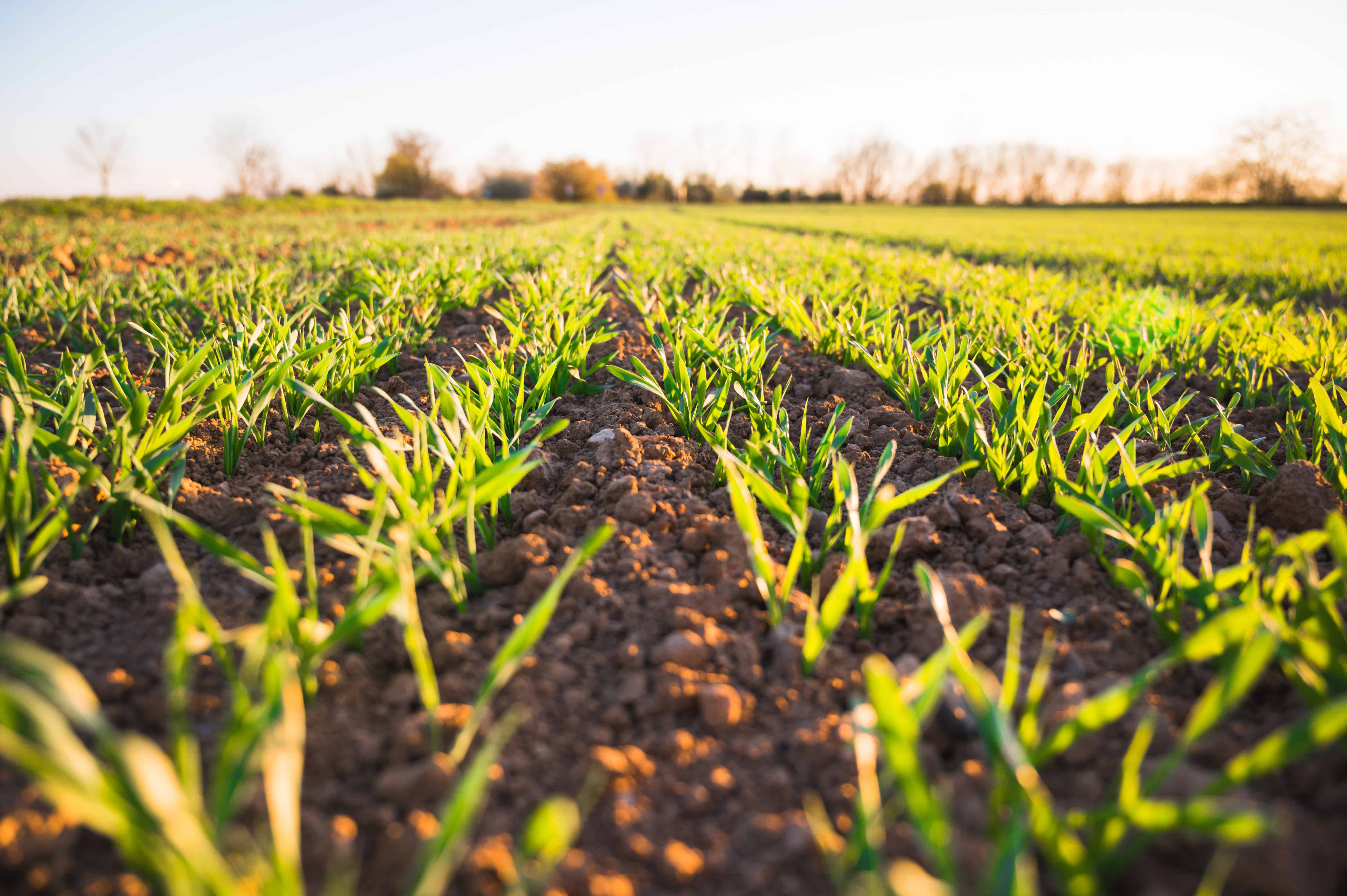Here, we are looking into the advent of Controlled Environment Agriculture (CEA), sensor technology, and satellite imagery. CEA can change where we grow crops by providing a controlled environment with optimal conditions for plant growth.
At the same time, sensor technology enables farmers to monitor crop health, soil moisture, and nutrient levels in real-time. Furthermore, satellite imagery gives farmers valuable insights into crop yield predictions and weather patterns, allowing them to make more informed decisions, especially in an ever-changing environment.
However, this journey towards transformation is not without its challenges. Adopting new technology can be costly, and farmers may require additional training to operate and maintain these systems effectively. Additionally, there may be regulatory hurdles that need to be overcome and concerns around data privacy and security that require careful consideration. Despite these challenges, the potential benefits of technological advancements in agriculture are vast, and the industry is poised to undergo a remarkable transformation in the future.
Part 1 Recap: A Leap into Agriculture Technology Trends
Our previous exploration delved into the groundbreaking innovations of 2023, offering a comprehensive view of Agriculture Technology. We discussed significant strides in crop protection, with drone spraying technologies, biological product development, and the integration of AI and RNAi technologies leading the way. These advancements promise to safeguard plants more effectively and sustainably than ever before.
In seed technology, CRISPR-Cas9 innovations, GMO advancements, and precision breeding pave the way for more productive crops more resilient to environmental changes. Meanwhile, robotics has seen remarkable innovations in weed control and autonomous machinery, promising to revolutionize farm productivity and sustainability.
Read more on the first part here.
Controlled Environment Agriculture (CEA)
Controlled Environment Agriculture (CEA) has evolved into a pivotal element of contemporary agricultural practices, offering the potential for stable crop production throughout the year, independent of external weather conditions. This approach has seen significant enhancements due to technological advancements. Developments in LED lighting have contributed to growers being able to redeem energy rebates in certain countries, all while yielding better (and sometimes more) crops. We’ve heard a lot about AI this year, as several companies have ventured into its potential, especially for assisting in farm management.
Other technologies we’ve seen emerging this year include CO2 systems. For instance, companies like Skytree have been instrumental in advancing these technologies, obtaining substantial investments for pioneering Direct-Air-To-Capture CO2 systems. In parallel, innovations like nanobubble technology are gaining traction, with firms including Moleaer and Edible Garden Ag at the forefront of advancing oxygenation in water systems. This technology has been shown to yield healthier and more resilient plants. Additionally, regions such as the Middle East are increasingly recognized for their contributions to CEA. Companies like Pure Harvest and ReFarm are establishing large-scale, technologically sophisticated facilities, indicating a shift toward enhanced food security in the area.
However, the industry faces several challenges. High initial investment costs and energy consumption are significant barriers within the sector, highlighting its economic complexities. While the potential is there, realizing it requires strategic financial planning and continuous innovation to overcome these hurdles and solidify CEA’s role in the future of agriculture.
We’ve interviewed three leading Entrepreneurs in indoor farming to ask about their sentiments about the trends in Indoor Farming; view the interview here.
Sensor Technology: The Pulse of Precision Agriculture
Sensor technology has increasingly become a critical component in Agriculture Technology, serving as a fundamental source of information for farmers. The integration of weather and soil sensors has introduced a new level of precision in farming operations. These sensors, known for their affordability, accuracy, and compatibility with other technologies, are tools and integral partners in the agricultural process. They deliver real-time insights, guiding decisions on irrigation, fertilization, and pest control, optimizing resource utilization, and enhancing crop yields.
Nonetheless, the true potential of sensor technology is realized through its integration with other data sources. By combining sensor data with satellite imagery and additional agricultural data, farmers can obtain a comprehensive overview of their fields. This integration facilitates predictive and prescriptive analytics, offering insights and foresight that were previously unattainable. Such advancements transform agricultural practices, allowing for more informed decision-making and efficient farm management.
One challenge remains around data control as an increasingly connected farm exposes it to potential cyber threats. The lack of regulation around its control exposes farmers to having their data controlled by foreign entities or countries.
Satellite Imagery: From the Heavens to the Harvest
The progress in satellite imagery technology has significantly narrowed the gap between celestial observations and practical terrestrial applications, particularly Agriculture Technology. Today’s high-resolution, frequently updated satellite images offer detailed insights into crop health, land utilization, and more. This level of detail equips farmers with the necessary information to make timely and informed decisions about their operations. When integrated with on-the-ground sensor information, this satellite data provides an unprecedentedly detailed and comprehensive perspective of agricultural conditions.
Partnerships are increasingly forming between satellite imagery providers and agtech companies, fostering a collaborative environment that enhances both fields. Examples include Aspia Space’s novel approach to measuring grass from space and LoneStar Tracking’s system for monitoring water tanks via satellite.
Again, like sensor technologies, data control remains a central challenge for farmers.
Looking Ahead: The Road Forward
As we progress through 2023, the agriculture technology landscape will be characterized by immense potential and significant challenges. The equilibrium between economic feasibility and technological progress will shape the future direction of the agricultural sector. Companies and stakeholders must extend their focus beyond technological advancements and consider the socio-economic and environmental repercussions of their innovations.
Also, farmers want to see proof of concept at the scale of these technologies to adopt them in their everyday operations fully.
In this transformation era, one aspect remains unequivocal: integrating technology into agriculture is inevitable and vital. As the industry continues to innovate and adapt, the vision of a more sustainable, efficient, and productive future in farming persists as an achievable goal, poised to be actualized.



2 Comments